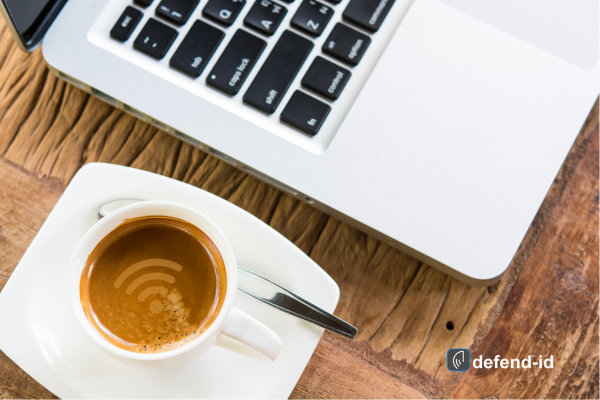Ah, public WiFi – that sweet, sweet symbol of connectivity when carrier service is poor! Whether we’re sipping a latte in our local cafe or waiting for our flight at the airport, many of us hop onto public WiFi without a second thought. It’s become as routine as brushing our teeth. But here’s the million-dollar question: is public WiFi safe in 2024? (Understanding the Risks and Safeguards)
Today public WiFi networks have shifted from a luxury to a staple of our daily lives. But with great convenience comes great risk, or so the saying should go when it comes to these networks. It’s about time we asked ourselves – are we leaving our digital doors unlocked?
The Evolving Risks of Public WiFi
Let’s face it, the phrase “all public WiFi networks are inherently insecure” has been echoed by cybersecurity experts for years. But what does this mean in today’s context? Essentially, if a WiFi network is public, your online activities could be an open book for those with the know-how to snoop.
The common misconception? “If I’m paying for access, or if it’s a network in a reputable place, it must be safe, right?” Wrong. The reality is, that whether it’s free or paid, the inherent risks remain. Cybersecurity threats have only become more sophisticated in 2024, making public networks even more of a playground for hackers.
Public WiFi Usage: A Love Affair with Risk
It appears our love affair with public WiFi hasn’t gone down over the years. A survey conducted by DecisionData.org highlighted an eye-opening trend: a whopping 82% of individuals will connect to any freely available WiFi when out and about. What’s even more alarming? The majority of these digital adventurers don’t understand the potential dangers. While 71% of users brush off concerns, only a fraction are vigilant about their security.
Protecting Yourself in a WiFi Wild West
So, what’s a savvy internet user to do? First, let’s bust a myth – just because you’re not doing anything ‘sensitive’ doesn’t mean you’re safe. Every connection is an opportunity for data thieves. But don’t fret! Here are some steps you can take to shield yourself:
- Use a VPN: A Virtual Private Network encrypts your internet traffic, making it unreadable to prying eyes.
- Stick to HTTPS: Ensure the websites you visit are secured with HTTPS, which adds an extra layer of security.
- Enable Two-Factor Authentication (2FA): This adds an extra step to your login process, significantly improving your accounts’ security.
- Keep Your Firewall Turned On: This helps block unauthorized access to your devices.
- Stay Updated: Regularly update your devices to patch any security vulnerabilities.
In the grand scheme, public WiFi in 2024 remains a double-edged sword – offering convenience at the cost of potential risks. But with the right precautions, you can enjoy the perks while minimizing the dangers. Stay informed, stay secure, and happy surfing!
Articles related to “Is Public WiFi Safe in 2024? Understanding the Risks and Safeguards”
- Wifi Safety: Don’t Fall for This Sneaky Trick!
- Home WiFi isn’t Safe from Hackers
- How WiFi Hacks Occur
- defend-id.com
